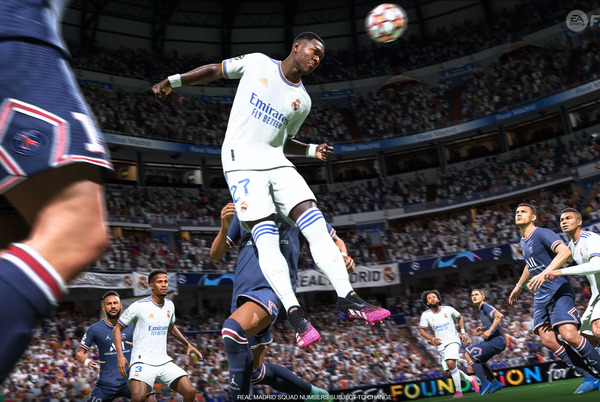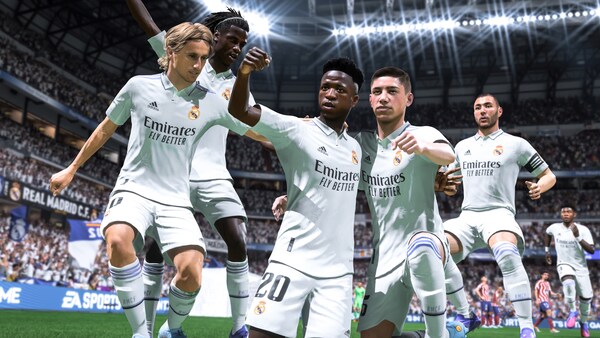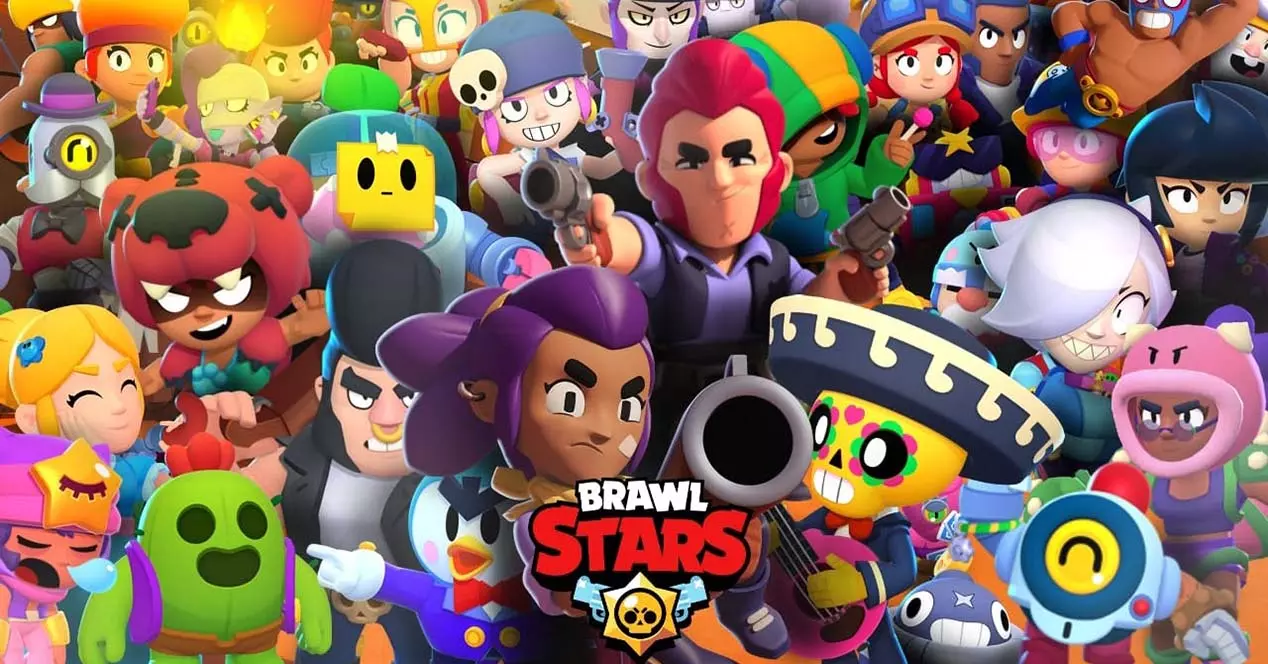Advertisement
Popular Now
FIFA 23 introduced a revamped chemistry system in Ultimate Team, significantly altering how players build squads. Gone are the traditional chemistry links between adjacent players; instead, a new system emphasizes flexibility while maintaining strategic depth. This article dives deep into FIFA 23’s chemistry mechanics, offering insights into its functionality, challenges, and advanced strategies for optimizing your team’s performance.



Conclusion Mastering FIFA 23’s new chemistry system is essential for creating a top-performing Ultimate Team. By understanding the mechanics, experimenting with hybrid teams, and leveraging squad-building challenges, players can maximize chemistry and gain a competitive edge. With a little planning and creativity, this system opens up a world of possibilities for FIFA enthusiasts.
Understanding Chemistry in FIFA 23
Chemistry is the backbone of team performance in Ultimate Team.What Has Changed in FIFA 23?
The previous linear chemistry system has been replaced with a broader framework. Individual player chemistry no longer directly affects linked players; instead, team chemistry is determined by shared traits like league, nation, and club.
Why Chemistry Matters
High chemistry boosts player stats, making teams more cohesive on the pitch. Mismanaging chemistry can lead to underwhelming performance, even with highly rated players.Breaking Down the New Chemistry Points System
The new system assigns chemistry points to players based on squad composition.Individual Player Chemistry
Players can achieve a maximum of three chemistry points, influenced by factors such as league affiliation, nationality, and club.Team Chemistry Thresholds
The total chemistry of the squad is a sum of individual player chemistry. Reaching certain thresholds unlocks significant in-game stat boosts.Balancing Flexibility with Optimization
The revamped system offers more squad-building flexibility but demands strategic thinking.No More Mandatory Links
Players no longer need direct links to adjacent teammates, allowing for creative squad-building. For example, mixing leagues and nations is now more viable.The Challenge of Optimization
Despite added flexibility, achieving maximum chemistry for every player requires meticulous planning and an understanding of the system.Key Chemistry Boosters
Several factors influence how quickly players achieve full chemistry.League and Club Affinities
Having multiple players from the same league or club accelerates chemistry points. For example, Premier League players work seamlessly together.Nationality Connections
Fielding players of the same nationality often provides an easier path to high chemistry, especially with international squads.Advanced Squad-Building Strategies
Building a high-chemistry team requires foresight and adaptability.Hybrid Teams
A mix of players from different leagues and nations can be effective if constructed wisely. Utilizing icons and heroes, which provide universal chemistry, can bridge gaps between players.Position Modifiers
Correct player positioning is crucial for chemistry. Using position modifier cards to align players with their preferred roles is an advanced strategy often overlooked.Chemistry and Gameplay Performance
Understanding how chemistry translates to on-pitch performance is vital.Stat Enhancements
High chemistry boosts key attributes like pace, passing, and dribbling, ensuring players perform at their peak.Chemistry’s Impact on AI Behavior
Chemistry also affects player responsiveness, positioning, and teamwork, influencing overall gameplay fluidity.Common Challenges in Achieving Chemistry
New players often face difficulties mastering the chemistry system.Budget Constraints
Building a high-chemistry team with limited coins can be challenging. Strategies like targeting undervalued players or completing squad-building challenges (SBCs) can help.
Misaligned Objectives
Some players focus solely on high-rated cards, neglecting chemistry, which leads to an imbalanced team.Utilizing Squad-Building Challenges for Chemistry
SBCs are a powerful tool for improving team chemistry.Completing Chemistry-Based SBCs
Many SBCs are designed to teach players about chemistry mechanics by requiring specific combinations of leagues, nations, or clubs.Rewards that Enhance Squads
Successful completion of SBCs often provides players that perfectly fit into hybrid or themed squads, boosting chemistry and overall strength.Chemistry in Competitive Modes
Achieving high chemistry is particularly important in competitive gameplay.FUT Champions
In this mode, where skill meets strategy, high chemistry can be the difference between victory and defeat.Division Rivals
Balanced chemistry enhances consistency, crucial for climbing the ranks in Division Rivals.Future Implications for FIFA Ultimate Team
The chemistry overhaul reflects broader changes in the FIFA series.Increased Accessibility
The new system allows casual players to enjoy building teams without worrying about strict linking rules.Potential for Innovation
Future updates and installments may further refine chemistry mechanics, enhancing both strategic depth and player satisfaction.
Conclusion Mastering FIFA 23’s new chemistry system is essential for creating a top-performing Ultimate Team. By understanding the mechanics, experimenting with hybrid teams, and leveraging squad-building challenges, players can maximize chemistry and gain a competitive edge. With a little planning and creativity, this system opens up a world of possibilities for FIFA enthusiasts.




















